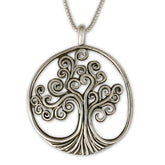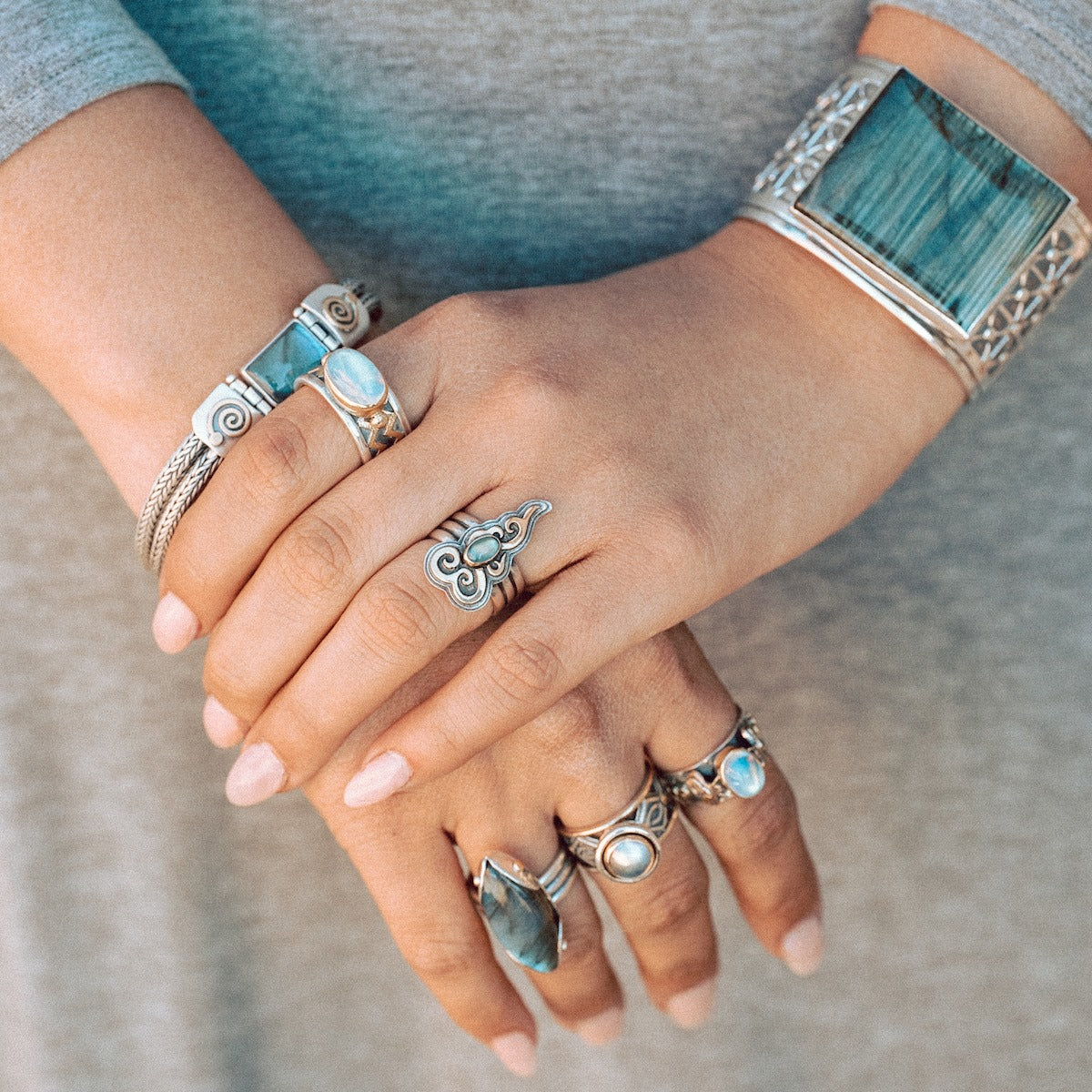July - Ruby

Offer a large ruby to the Hindu deity Krisna, the eternal child, and you will be reincarnated as an emperor. Offer a smaller ruby, and in the next life you'll be merely a king. If you believe that existence is not cyclical and have figured out who you were before you were born, the thirteenth century physician Naharari of Kashmire has more practical advice: rubies are a cure for flatulence (Kuntz 186).
An ancient Hindu legend tells of a great serpent that laid three eggs—two of which became great rulers. The third became the ruby mines of Burma (Kuntz 185). In another myth, the demon Vala was conquered and dismembered by the gods of the Hindu pantheon. The blood fell to the earth, forming a deep pool. On the banks of these pools one can find corundum— and from one of these pools flows the most sacred river in India, the Ganga.
*Corundum is a classification of gemstones that come in virtually every color. Those that are red to reddish-purple are considered rubies.*
In the East, it is common to find a statue of a Buddha adorned with a ruby on the forehead. It here represents reincarnation—but it also symbolizes the omniscient "third eye," the eye of intuition and knowledge that may penetrate the thoughts and feelings of others.
The etymology of the word “ruby” comes from the Latin ruber, which means "red." More interesting are the Sanskrit terms for ruby: ratnaraj, king of precious gems; ratnanayadka, leader of gems; padmaraga, red as a lotus. Its association with the lotus ties it to Hindu and Buddhist iconography: the lotus flower represents purity and beauty. Rising from the mucky pond, it is symbolic of the capacity of the enlightened ones to transcend mundane reality.
The source of the original twelve birthstones—which represented the twelve tribes of Israel—was the Biblical Aaron’s breastplate. Widespread speculation suggests the jewel known as “odem” was a ruby. Also referred to as “the stone of Judah,” this gem was said to be the source of Israel’s loyalty. The ruby’s relation to Aaron’s line of kings made it a favored gem among the hierarchy of the church. Martin Luther's betrothal ring was said to have been a ruby engraved with scripture (Kuntz 186).
However, much of the European lore around rubies can be sourced back to India. Early trading of the stone began with the voyages of Marco Polo in the thirteenth century—which immediately proceeded the Crusades. Chevaliere Jean de Mandeville, a fourteenth-century writer of Lapidaire, a gemology text, wrote that a ruby "acquires and maintains the power of rulers, it procures peace and agreements, it makes man devoted to God, it appeases anger and maintains seductions, it makes the person wearing them safe from all dangers" (Kuntz 185). The ruby, similar to other highly-regarded gems, was also said to possess an oracular capacity: it could change colors to warn the wearer of events or betrayals.
When we consider these stories of rubies, certain themes appear throughout its lore. I would say that one that ties all together is the connection of rubies to blood. In the gem trade, top quality gems from Burma are termed "pigeon blood" color—an oddly-descriptive term harkening back to times and places in history when people hunted pigeons. Should we conclude that the great egg-laying serpent forgot to make offerings to Krishna, and therefore was reincarnated as a pigeon?
Regardless of my profound metaphorical and metaphysical insights, I would venture to say that when we wear rubies, we are connected to blood—an essence. Rubies are blood of the demon Vala. We associate blood and the color red with ardor, change, intensity, heart, love and vitality. Vala and the eggs of the serpent represent the cathartic forces, this primordial power of the earth. This is certainly true from a scientific, geologic view point: the geological pressure, unique chemical conditions, and eons of time it takes to create a ruby is miraculous.
Lore from Indian and medieval Christian writers describe rubies as carrying an inextinguishable inner fire so intense that it glows through clothing just as one's passion can not be obscured by what one might be wearing. However, the passion contained within rubies can burn both ways. Vala was a demon gold. The serpent in many cultures symbolizes the untamed, cathartic element of the earth. If you are in a position of leadership, you can be consumed by its power. This can lead to insatiable desire, in turn leading to your own destruction. If you can harness this power for the greater good, it can connect you to your deepest passions.
It is no wonder, then, that rubies have been favored by kings and those in power. Throughout history, the best and the worst of rulers have sought their own immortality. They often drew on the power of the ruby—a stone that seemed to hold divine power—to grasp at something beyond the human realm.
*If you or someone you know has a birthday in July, don’t forget to check out our ruby collection.*
References: Most of the historical content, myth and lore referenced in this article came from two books, both of which are in print and available on line:
George Frederick Kunz, The Curious Lore of Precious Stones, New York; Dover Publications, Inc. 1913, 1971 edition.
Bruce Knuth, Gems In Myth, Legends And Lore, Parachute, Colorado, Jewelers Press, 2007.







